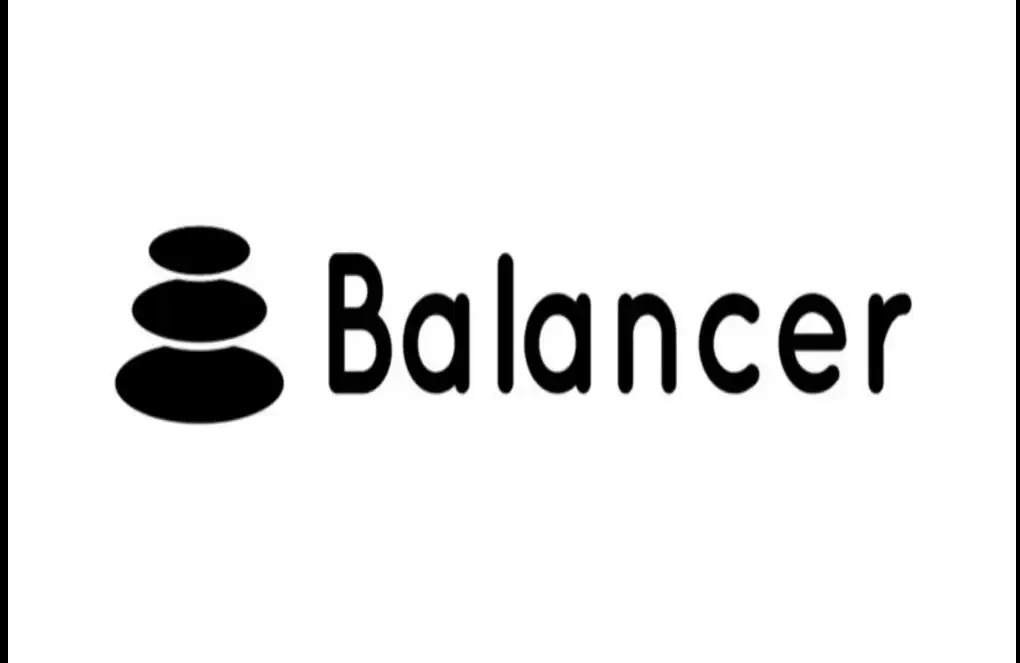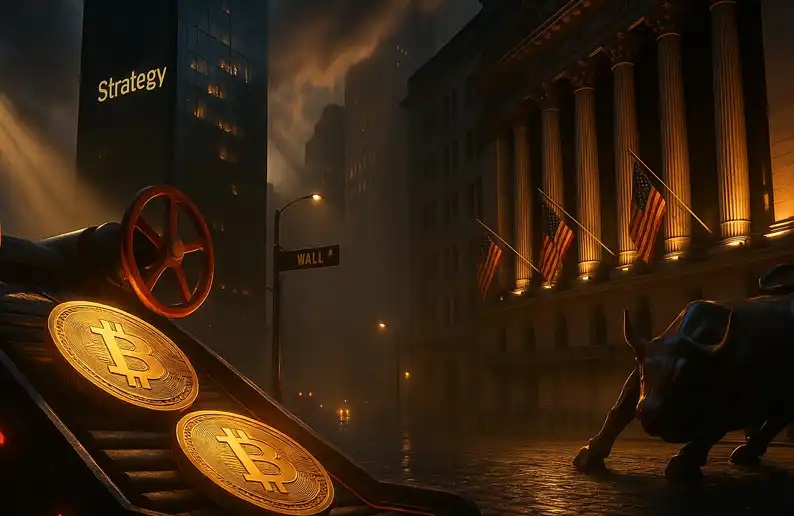ABCDE Laobai: What are the “from 1 to 10” innovations in BTC, Solana, and Restaking?
Written by: Lao Bai, ABCDE partner
My favorite public account Orange Book published an article some time ago, titled "Crypto Impotence".
"A terrible boredom is spreading in the Crypto world, like the Black Death. No one knows where it started, but before you know it, you find that this disease is everywhere."
Think about it, in the recent circle, there is really nothing worth writing about in terms of technology. The only hot topics are concentrated on Memes such as Pepe, Trump, and Jenner. The last technical hot spot might be the duality of "Pandora" of the image and currency?
The primary market is also affected. Fortunately, innovation is always happening. Although we still haven't seen anything that is really 0 to 1, things from 1 to 10 are still happening in all tracks.
The previous research report mainly focused on the new ideas at various layers under the Modular narrative on ETH. This time, let’s take a look at the “1 to 10” on the three tracks of BTC, Solana, and Restaking.
I. BTC
The Rune that many people expected did not bring the expected popularity. If BRC20 or Ordi was a "hectic" surprise, Runes was a collective welcoming ceremony from Cex to Dex to Infra, "everything is ready, only the east (upward) wind (line) is missing", but the old saying "the hottest ones must die" is true, at least in the short term. In the long run, protocols such as Runes, Atomical, RGB&RGB++ are expected to inject new vitality into BTC's asset issuance. The upgrade of BRC20 two months ago is also clearly working towards a more flexible functional route. Apart from anything else, native stablecoins based on BRC20 are now much easier to implement.
In addition to the UTXO Stack I wrote about before, the most worthwhile projects in the BTC ecosystem in the past two months are Fractal -@fractal_bitcoin, Arch Network - @ArchNtwrk, and Quarry - @QuarryBTC launched by Unisat.
Fractal - has a very "peculiar" design concept. In essence, you can think of it as a 100% Fork of BTC, but the block time is reduced to 30 seconds
You may be thinking - what the hell is this? Isn't this just a BTC testnet? Litecoin, BCH, BSV, etc. at least have their own things, but you are just a 99% mirror chain, what's the point? How can you guarantee security?
In fact, it means a lot
1. Fractal uses the same POW and SHA256 as BTC, has market value and incentives, is much more stable than the BTC test network (those who have used the BTC test network understand), and is much faster (one block in 30 seconds)
2. Joint mining with 1/3 of the BTC main network (main network miners can mine a Fractal block every 90 seconds), theoretically achieving 80-90% of the BTC main network security
3. Because it is 100% consistent with BTC, all kinds of XXRC20 assets and infrastructure on BTC can be seamlessly migrated without changing a line of code
4. It will implement OP_CAT and ZK native verification OPCode faster than the BTC main network
5. Because of 4, inscription-based contracts can be implemented through scripts in the future
6. You may find it strange if someone else does this, but it feels perfect for Unisat
Arch - Compared with various "aesthetic fatigue" BTC EVM L2/side chains, Arch brings programmability to BTC through an indexer + ZKVM with decentralized Prover, similar to a 1.5 layer - transactions are triggered through L1, and various asset conversion logics are executed in Arch's ZKVM, and finally ZK proofs are generated and the results are broadcast back to the BTC mainnet
It feels similar to RGB++, both of which rely on BTC mainnet transactions to trigger, but the difference is that RGB++ uses isomorphic binding based on CKB Cell, while Arch relies on indexers +ZKVM
Quarry - Made the BTC-based joint mining into an Infra form, which is equivalent to making a set of miners or computing power versions of "OP Stack" + "Eigen Layer"
In short, you can quickly launch a POW chain through their Quarry, which can be jointly mined with BTC miners and ensure its own security through the hashrate of BTC miners. The token rewards are given to the participating miners, similar to EigenLayer's AVS rewards. Compared with EigenLayer or Babylon, which strive for the POS security of BTC and ETH holders, Quarry strives for the hash power security of miners. It is just that in the market where POS is popular, it is worth observing how much share POW Appchain can take
2. Solana
The most interesting thing about Solana in recent times should be the concept of "modularity"
As we all know, ETH is pursuing the concept of modularity, and Solana has always been the representative of the monolithic chain camp
In the past few months, we have indeed talked about several projects that are doing modularity on Solana
Such as MagicBlock - @magicblock, Sonic - @SonicSVM, Solforge, Mantis - @mantis, etc.
Magicblock's main feature is an Ephemeral (temporary) Rollup - the main feature is "delete after use, burn after reading", and this concept should have been first proposed by AltLayer22 or 23, but now it should not be the main selling point of Alt Layer. MagicBlock is a project focusing on the Solana full-chain game engine, so this Ephemeral Rollup should be part of their solution.
Sonic focuses on the Gaming Appchain on Solana, and recently announced the completion of its financing. It uses a HyperGrid Framework architecture that allows games to easily launch an SVM Appchain. As the first L2 prototype, Sonic can be understood as XAI on Arb?
Solforge is a more general Appchain Stack, which intends to be positioned as the SVM version of OP Stack or Arbitrum Orbit
Mantis is an SVM Rollup of the Intent settlement layer, which is not limited to serving the Solana ecosystem. The OrderBook Flow related to EVM can also be settled on Mantis. After all, Solver is born with partial chain abstraction properties
There are several interesting points worth observing here
1. Although Solana focuses on single-chip high performance, it is said that after a game became popular in the first half of the year, the TX of this game accounted for as much as 20% of the entire chain. This is the case with only 4 or 5 digit daily active users. I dare not imagine what kind of load will be borne if the daily active users go up a level or several similar game chains appear. This may also be an important catalyst for the idea of "modularization" of the Solana ecosystem
2. Toly himself went from opposing modularization last year to being neutral in this direction this year, and we can see a lot of clues from his Twi this year
3. Many people in the Solana Foundation tend to support modularization, and many developers also believe that Solana’s modularization is imperative
4. Kyle of Multicoin has always been an evangelist for Solana and monolithic chains. He is said to still oppose this concept
Solana’s infrastructure in the next 6-12 months should be an interesting observation. In addition to the warming of the modularization narrative, the launch of the streamlined version of FireDancer before the end of the year and the full version next year will improve Solana’s TPS and stability, which is also very worth looking forward to
Three. Restaking
Restaking It should be the hottest track in the past six months, without a doubt.
However, it is found that many people do not know the difference between the two current leaders, Babylon and EigenLayer, and even some of the project parties who have talked to them are confused about this, so it is worth talking about separately.
In short, because Eigen is born with the ability of smart contracts, it can set up relatively complex Slashing mechanisms. For example, the first proof-of-contract AVS EigenDA came from this. If you want to use Babylon to make something like "BabylonDA", it is impossible to do it, because the script of the BTC original chain cannot support such a complex thing.
But at the same time, Babylon's black technology EOTS (extractable one-time signature) and BTC timestamp protocol are also not available in Eigen. This is also the confidence that Babylon can be a unique Restaking in the BTC ecosystem, focusing on a "native BTC Restaking", which is also Eigen Of course, this native BTC Restaking can only achieve limited functions, and basically covers two points: one is to help the POS chain prevent Long Range Attack through the BTC timestamp protocol, and the other is to help the POS chain achieve or cold start its POS security consensus. In a nutshell, if you want to launch a chain, you can find me, and if you want to make DAPP, please turn left and go to Eigen next door.
If you really want to use Babylon to make an AVS, can you implement something like EigenDA or Oracle? The answer is "yes", but you need an "extension package". For example, Chakra - @ChakraChain or SatLayer - @satlayer, "put a layer of baby" on top of Babylon, use the built-in smart contracts of these two projects to implement a more complex Slashing mechanism, and you can develop DAPP-style AVS like DA, storage, oracle, etc.
To put it more abstractly, in terms of functionality alone: Babylon+Chakra/SatLayer = Eigenlayer
On the Babylon side, in addition to the above two projects that are committed to making Babylon as "complex" as Eigen, there are also LRT niches such as Solv Protocol and Lorenzo that are benchmarked against EtherFi and Renzo. On the Eigen side, because it is inherently "complex enough", the Stack or "extension package" has been stacked to a higher level, such as Ethos - @EthosStake is doing AVS's Coordination/Interoperability Layer, Aethos - @aethosnetwork is doing AVS's Programmable Policy (policy editing) Layer, etc. I feel that as the Stack on the Eigen side becomes richer and richer, and the infrastructure becomes more and more complete, Eigen may become more and more like an AWS. In the end, you can achieve a "security level + infrastructure package" you want to buy by clicking + dragging. On top of that, whether you want to start a chain or make a storage or Oracle-like DAPP, it is completely your freedom.
P.S. I recently chatted with a FA, and he said that he had talked to at least 50 or 60 VCs recently, some of which were looking at Infra, some were looking at games, and some were looking at Bitcoin. There was only one track that all VCs were looking at, and they were all looking at it! Guess which one it was?
The answer is: Ton…
However, investing in Ton is much more difficult than investing in ETH or Solana… Just imagine if Notcoin came to VC with a deck or demo half a year ago, how many VCs would decide to go all-in after seeing this thing…
If I have the chance in the next research report, I will write about Ton again.
Original link
Welcome to join the official BlockBeats community:
Telegram Subscription Group: https://t.me/theblockbeats
Telegram Discussion Group: https://t.me/BlockBeats_App
Official Twitter Account: https://twitter.com/BlockBeatsAsia


 Forum
Forum Finance
Finance
 Specials
Specials
 On-chain Eco
On-chain Eco
 Entry
Entry
 Podcasts
Podcasts
 Activities
Activities
 OPRR
OPRR









